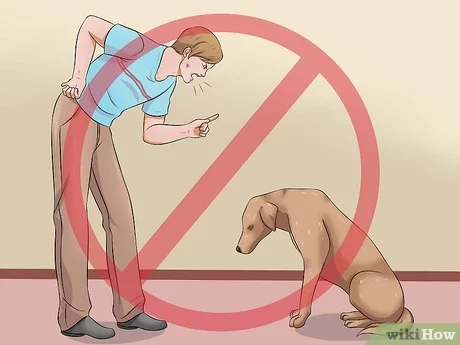How To Build A Dogs Confidence
How to Build a Dog’s Confidence: Tips and Tricks for a Happier Pup
Dogs are known as man’s best friend, but not all dogs are created equal. Some pups may be more timid or anxious than others, which can lead to behavioral issues and a lower quality of life. If you’re looking to build your dog’s confidence, there are several tips and tricks you can try. In this article, we’ll explore some effective strategies for helping your furry friend feel more secure and happy.
1. Start with Positive Reinforcement
One of the most effective ways to build your dog’s confidence is through positive reinforcement. This means rewarding good behavior with treats, praise, and affection. When your dog does something you like, such as coming when called or sitting on command, give them a treat and tell them what a good boy or girl they are. Over time, your dog will learn that certain behaviors lead to positive outcomes and will be more likely to repeat them.
2. Socialize Your Dog
Socialization is critical for puppies and adult dogs alike. By exposing your dog to different people, animals, and environments, you can help them become more comfortable and confident in new situations. Take your pup on walks in busy areas, visit dog parks or daycare centers, and invite friends over to meet your furry friend. Make sure any interactions are positive and supervised so that your dog doesn’t get overwhelmed or scared.
3. Provide Plenty of Exercise and Mental Stimulation
A tired dog is a happy dog! Regular exercise can help reduce anxiety and boost your dog’s mood. Aim for at least 30 minutes of brisk walking or playtime each day. You can also provide mental stimulation by giving your dog puzzle toys or hiding treats around the house for them to find. This can help keep their mind sharp and prevent boredom.
4. Set Clear Boundaries
While it’s important to be loving and supportive, it’s also important to set clear boundaries for your dog. This means establishing rules and expectations around things like jumping on furniture or begging for food. By being consistent with your training and enforcing these boundaries, you can help your dog feel more secure and confident in their place within the family.
5. Consider Professional Training
If your dog is struggling with severe anxiety or behavioral issues, it may be worth seeking professional help. A certified dog trainer or behaviorist can work with you and your pup to develop a personalized plan for building confidence and addressing any problem behaviors. They can also provide additional guidance and support as you navigate this process.
In conclusion, building a dog’s confidence takes time, patience, and effort. By providing positive reinforcement, socialization, exercise, mental stimulation, clear boundaries, and professional training when needed, you can help your furry friend feel happier and more secure in their environment. Remember to always approach this process with love, compassion, and a willingness to learn alongside your pup!



